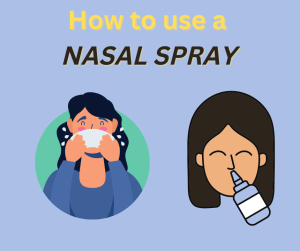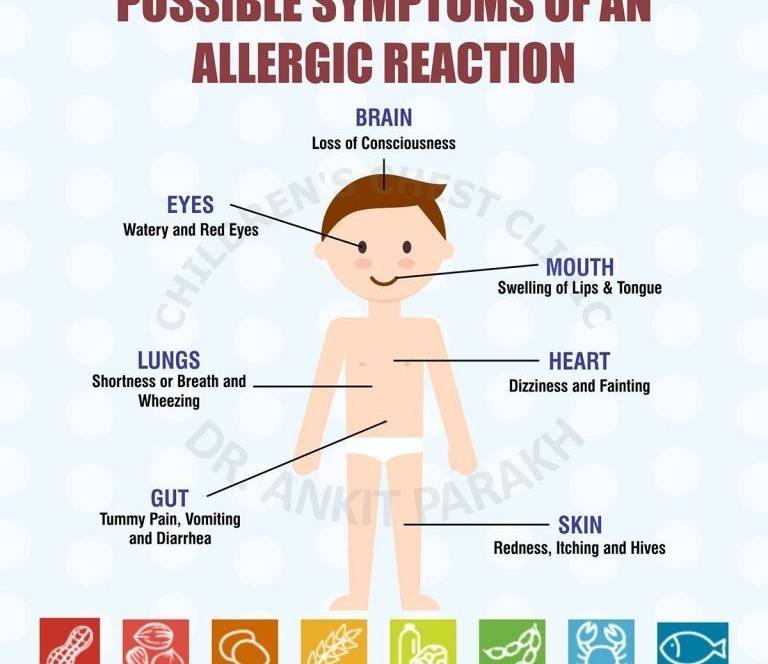Nasal spray is commonly prescribed in children or adults with nasal allergy (also called as allergic rhinitis). Nasal spray is considered to be the best way to deliver medicine in the nose. Correct use of nasal spray ensures proper delivery of the medicine to the nose leading to maximum benefit in the nasal symptoms. Experience suggests that most patients are not using their nasal spray correctly. In this article we discuss the correct use of a nasal spray.
What is the usual medicine in the nasal spray?
The medicine in a nasal spray is usually a steroid or antihistamine. Some nasal spray has a combination of a steroid and antihistamine. The usual steroids are fluticasone furoate, fluticasone propionate, mometasone or ciclesonide. The most commonly used anti-histamines are azelastine and olopatadine.

Are there any side effects of using a steroid nasal spray in the long term?
A lot of patients and parents have a phobia of using steroid nasal spray. Patients and parents sometimes think that steroid nasal spray can have similar side effects to oral steroids. This is, however, not true. Nasal sprays are extremely safe even when they are used in the long term. The amount of steroid in nasal spray is in micrograms (one thousandth of a mg). Steroids used in nasal sprays are designed to remain in the lining of the nasal mucosa with an insignificant amount of the medicine reaching inside the body. There can be occasional episodes of nasal bleeding which can happen.
How should a nasal spray be used correctly?
Ask your child to blow the nose to clear the nostrils. Then, shake the bottle of the nasal spray. Tilt the head a bit downwards, this helps to deliver the medicine properly inside the nose. Place the nozzle of the nasal spray inside one of the nostrils. The direction of the nozzle should be directed away from the nasal septum. Keeping the bottle upright, press the nasal spray to release the medicine inside the nose. Ask the child not to breathe in or sniff after taking the nasal spray as this would draw the medicine from the nose into the throat. The same steps should be repeated on the other nostril.
If your child is having symptoms of allergic rhinitis and has been advised a nasal spray, correct use of the nasal spray should be learnt for optimal benefit.






